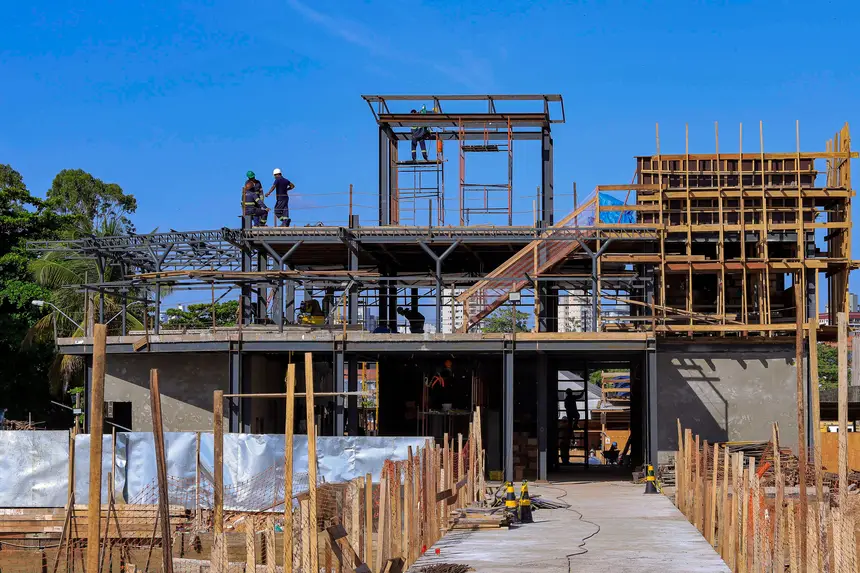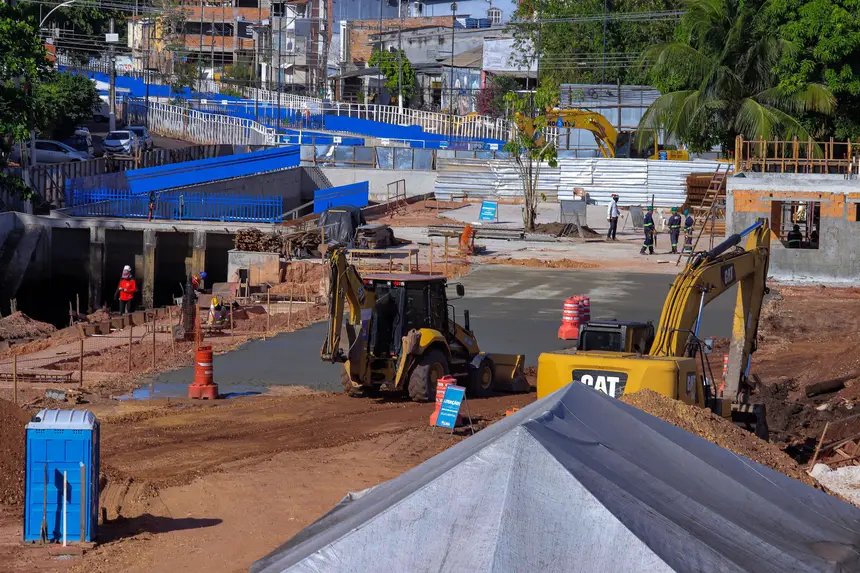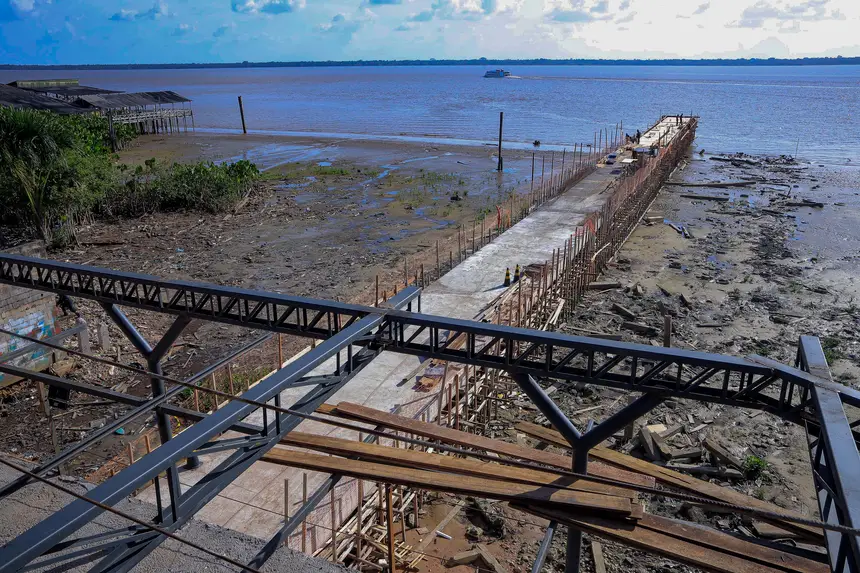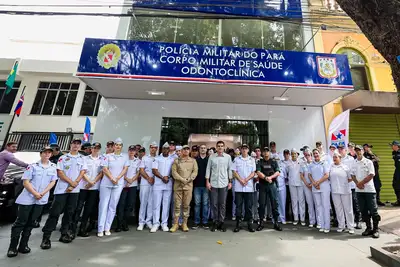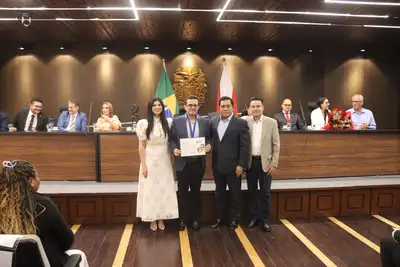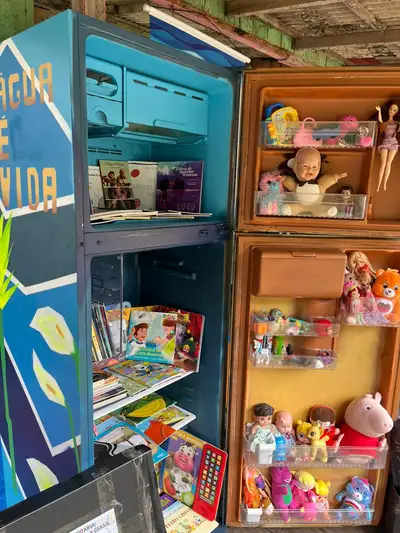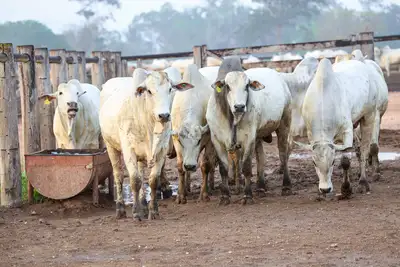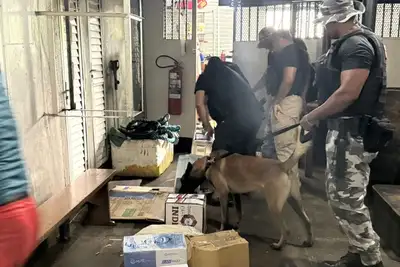Government of Pará advances in the construction of the Tamandaré Tourist Waterway Terminal
The work integrates the legacies of COP30 and will strengthen mobility and river tourism in Belém
The Government of Pará is progressing rapidly in the construction of the Tamandaré Tourist Waterway Terminal in Belém. With over 60% of the services completed, the project integrates the legacies of the 30th United Nations Conference on Climate Change (COP30), which will be held in the capital of Pará in November 2025. The new structure will expand crossing options to the islands, strengthen river tourism, and boost the local economy.
With approximately 1,300 m² of built area, the terminal will have two air-conditioned floors and will feature a lookout, a cover for boarding and disembarking, an elevator, eight bathrooms, 12 administrative offices, two shops, a restaurant/snack bar, and parking. The project also includes solar energy systems and camera monitoring.
The structure has been planned to accommodate up to 500 passengers per day, with capacity for small, medium, and large vessels. The expectation is that this number can be increased according to the demand for waterway routes.
In addition to improving access to the islands of Belém, the new terminal will also create more suitable conditions for small entrepreneurs already operating in the region, promoting greater comfort, safety, and accessibility.
The construction is being carried out by the State Secretariat for Public Works (Seop) and will have a direct connection to Block A of the Nova Tamandaré Linear Park, another structuring investment by the Government of Pará.
The Deputy Secretary of Public Works, Gilmar Mota, highlighted the set of interventions that are part of the COP30 legacy. “When we talk about the set of works being executed by the Government of Pará on Avenida Tamandaré as a legacy of COP30 in Belém, we are referring to the linear park, the macro-drainage of the canal, the collection of sanitary sewage, the road system, and the Waterway Terminal. This is an important public investment to decentralize the flow of vessels and improve the city's infrastructure,” he stated.
Ongoing stages
Currently, work is underway on the framing and concreting of the walkway, installation of the cover, masonry of the second floor, internal and external plastering of the first floor, concrete structure for the elevator, and electrical and hydraulic installations.


